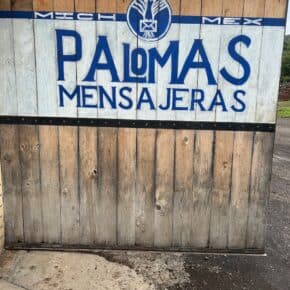Denominación de Origen (DO) translates to denomination of origin, and is the Mexican term for a geographical indicator (GI). What is a GI? A GI (or DO) is an internationally recognized labeling program that establishes protections for products (typically food and drink) that are created in a specific region, usually via very specific methods. So think Champagne–you can’t label a sparkling wine as champagne unless you made it in the Champagne region of France.
GIs were first created in Europe. The intent was to promote rural economic development while safeguarding the creators of “traditional” products that were unique to specific regions.
The tequila and mezcal DOs
In 1974, Mexico created the first GI outside of Europe with the Denominación de Origen Tequila (DOT), which safeguards the name “tequila” as a Mexican product. In 1994, mezcal was inducted into the GI hall of fame with the largest DO in the world. It has since grown. Some would argue that the sprawling DOM (Denominación de Origen de Mezcal), defeats the purpose of a GI, since it encompasses numerous specific regions and a myriad of distilling traditions.
The DOM has been criticized for being a “cut and paste” job–or that regulators took the tequila DO and tried to apply it to mezcal, without considering the implications for producers–particularly small producers. Prominent social scientists have observed that both DOs benefit international liquor companies over small producers, while ecologists have documented that the DOs have accelerated growth, leading to increasing industrialization, monocultures, and the decline of “traditional practices.”
Despite these scathing critiques, DOs for bacanora and sotol followed. The most recent DO for a Mexican liquor is the raicilla DO, which doesn’t yet have an established Norm.
What’s the difference between a DO and a Norm?
A DO defines the region where a product is made, while a norm defines how it must be made in order to be certified as legitimate. In other words, the DOM outlines the regions where you legally label an agave spirit as mezcal, while NOM-070 defines the hoops producers must jump through in order to label their mezcal as mezcal.
Read more about DOs here.












Wow a whole lot of politics going on when the DO jumps states like Tamaulipas. How can they protect the name once agave production takes hold in other countries? Why can’t it do like grapes did?
Both Mezcal and Tequila are recognized DOs by the international community which provides protection meaning, no one can use those words on their bottles if they are outside of the DO. There is conversation within Mexico to tweak the DO or look at creating appellation like segments that give a nod to specific production styles and place but don’t expect any changes soon.